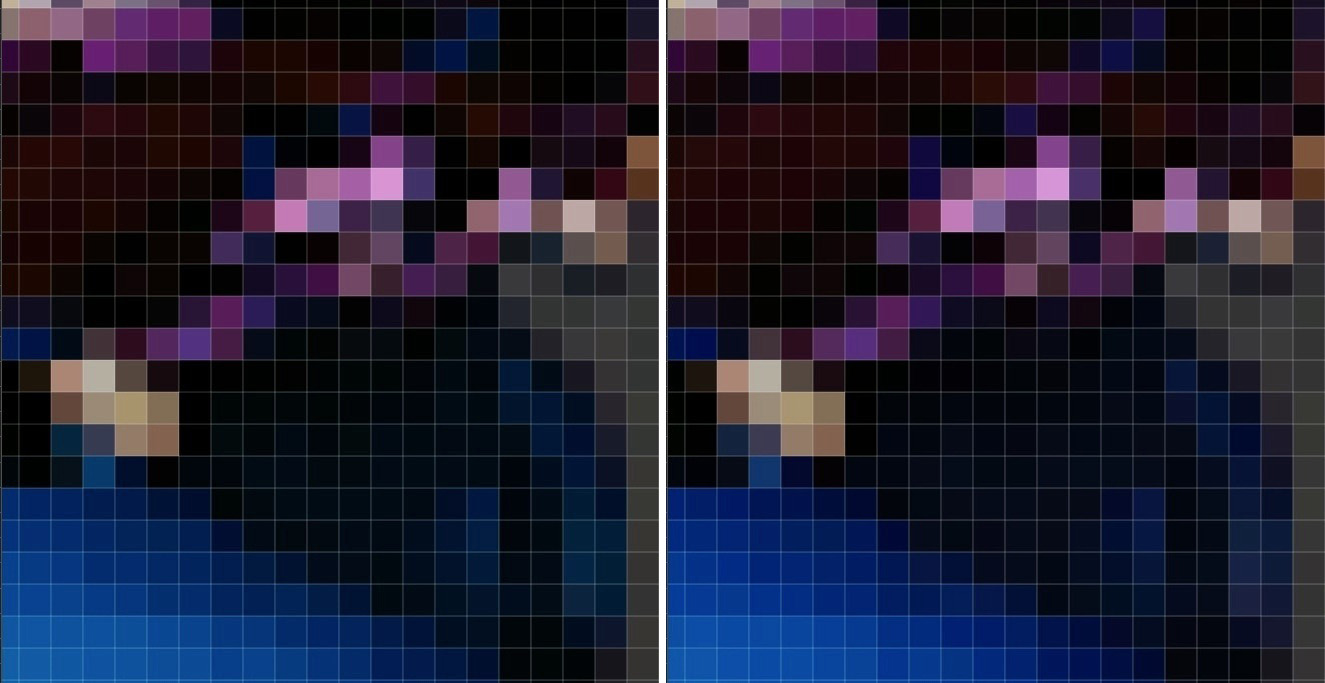There has been some research that when using the relative colormetric intent, with Adobe's black point compensation turned on, colors are shifted in hue and saturation more than they would, compared to the perceptual rendering intent.
I don't really care. When I say I prefer RelCol 9 times out of ten, this is soft proofing images and doing so with lots of profiles even before Photoshop could even soft proof. IOW, I pick this rendering intent a lot time with lots of actual images and lots of differing profiles (RGB, CMYK and for lots of output devices).
What's important to understand is that profiles are kind of dumb. They only see images as huge piles of solid colors. They don't understand colors in context and treat a super colorful scene just like a black dog on a pile of coal. I could care less about dE values here, I care about how my images look in context when I toggle not only RelCol vs. Perceptual but Saturation too (it can work quite well).
My take is to always leave BPC on. If off, and the profile needs it, it helps tremulously and when the profile doesn't need BPC, it plays no significant role PLUS when BPC is on, I prefer the rendering.
Here's what an ICC profile "see's" if you well. One is RelCol, one is Perceptual. I'm sure one has a closer dE value to something I don't care about in this discussion. Which is better? Until you zoom out and view the entire image and then toggle the intents to select one, it's not too easy to pick a rendering intent correctly for your needs.

Having dE values IS useful, but not as useful as just printing a lot of images with the profile after at least picking a preferred rendering of your image. And if you're going to run images through profiles to evaluate the color quality, the test images are kind of important. If you only want to deal with 16 or less, you need something like the Roman 16's which pile a lot of really useful visual image info into a small group of high quality test images. Print two sets with both rendering intents, or just LOOK at a good soft proof. You'll get a lot of good information this way that no dE report can provide.